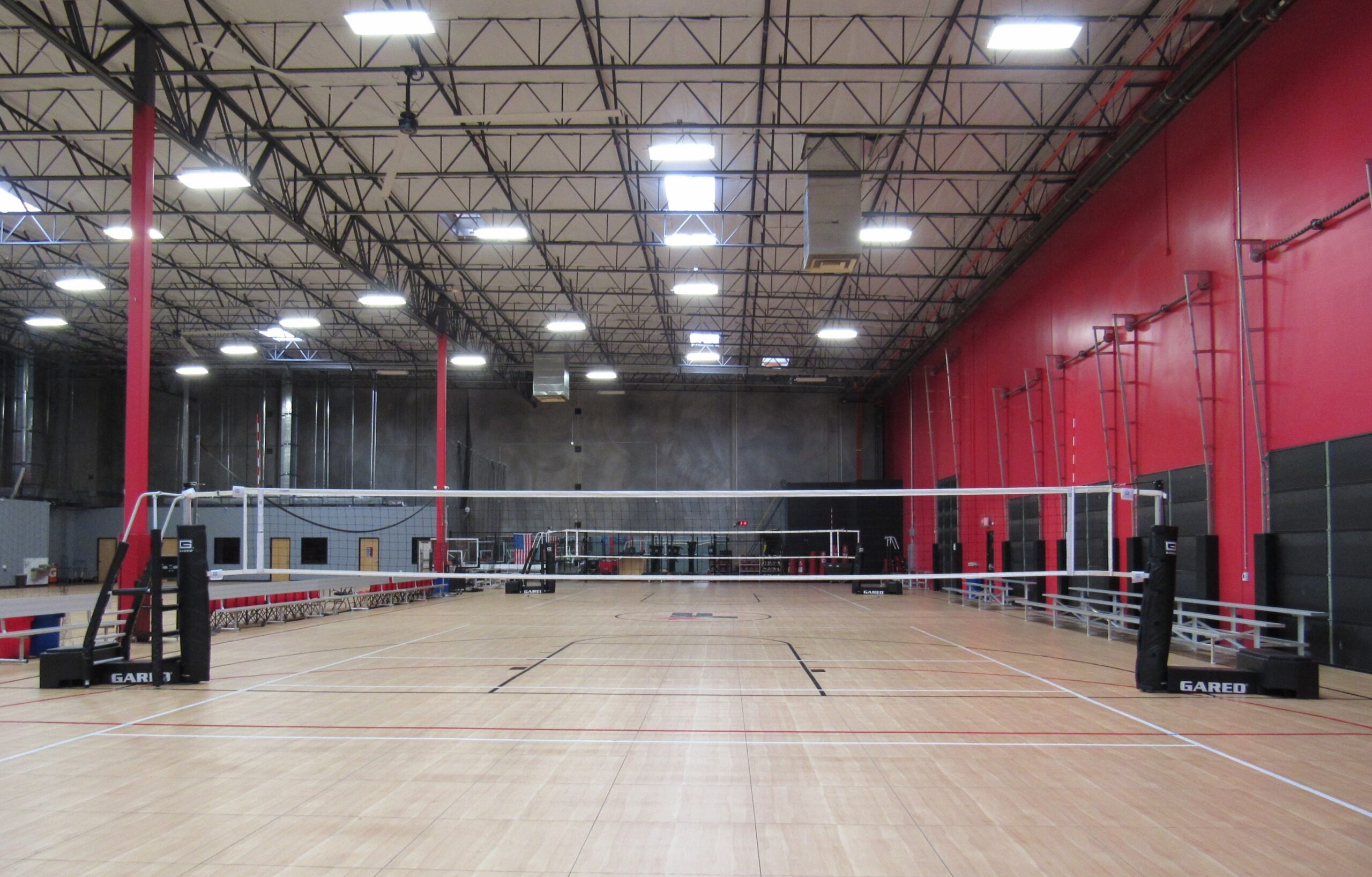
When it comes to setting up a volleyball court, choosing the right flooring is critical to both safety and performance. The ideal Volleyball court flooring should be durable, slip-resistant, and provide the right level of cushioning for players. In this article, we’ll explore the different types of volleyball court flooring available and what to consider when choosing the best option for your needs.
Why is Volleyball Court Flooring Important?
Volleyball court flooring plays a crucial role in both the safety and performance of players. The right flooring should offer the right level of shock absorption to reduce the risk of injury, while also providing the right level of traction to allow players to move quickly and easily. It should also be durable enough to withstand heavy use and resist wear and tear over time.
Types of Volleyball Court Flooring
There are several types of volleyball court flooring available, each with its own unique features and benefits. Some of the most popular types include:
- Hardwood: Hardwood flooring is the traditional choice for indoor volleyball courts, offering a classic look and feel as well as excellent traction and shock absorption. However, it can be expensive and requires regular maintenance and refinishing to maintain its quality.
- Synthetic: Synthetic flooring is becoming increasingly popular for volleyball courts, particularly in outdoor and multi-use facilities. It offers excellent durability, weather resistance, and low maintenance requirements, as well as customizable design options.
- Rubber: Rubber flooring is a popular choice for indoor Volleyball court installation, offering excellent shock absorption and traction as well as durability and low maintenance requirements. It can also be customized with different colors and designs.
Factors to Consider When Choosing Volleyball Court Flooring
When choosing the right volleyball court flooring for your needs, there are several factors to consider to ensure that you get the best possible product for your facility. Some of the key factors to consider include:
- Type of Facility: Consider the location and type of facility where the volleyball court will be used, as well as the specific needs of players and coaches.
- Budget: Consider your budget constraints when choosing volleyball court flooring, as different options can vary widely in terms of cost.
- Durability: Choose a flooring option that is durable enough to withstand heavy use and resist wear and tear over time.
- Traction and Cushioning: Choose a flooring option that offers the right level of traction and shock absorption for your players and playing style.
- Maintenance and Care: Choose a flooring option that is easy to maintain and care for, with minimal long-term costs and maintenance requirements.
Maintenance and Care for Volleyball Court Flooring
Proper maintenance and care are essential to ensuring that your volleyball court flooring lasts as long as possible and remains in top condition for optimal performance and safety. Some key maintenance and care tips include:
- Regular cleaning and sweeping to remove dirt and debris that can damage the surface and affect traction.
- Prompt repairs for any damage or wear and tear that is identified during inspections.
- Refinishing or resurfacing as needed to maintain the quality and performance of the flooring.
Frequently Asked Questions
- Can you use hardwood flooring for outdoor volleyball courts? Hardwood flooring is not recommended for outdoor volleyball courts due to its susceptibility to moisture and weather damage. Synthetic or rubber flooring is a better choice for outdoor facilities.
- What is the ideal level of shock absorption for volleyball court flooring? The ideal level of shock absorption for volleyball court flooring depends on the specific needs of your facility and players. Generally, a level of shock absorption between 18-28% is recommended for optimal safety and performance. 3. Can you customize the design of volleyball court flooring? Yes, many volleyball court flooring options, including synthetic and rubber, can be customized with different colors, logos, and designs.
- How often does volleyball court flooring need to be refinished or resurfaced? The frequency of refinishing or resurfacing depends on factors such as the type of flooring and the level of use. Generally, hardwood flooring may need to be refinished every 5-10 years, while synthetic and rubber flooring may need to be resurfaced every 10-15 years or more
- What is the best way to clean and maintain volleyball court flooring? The best way to clean and maintain volleyball court flooring is to regularly sweep and mop the surface with a mild cleaning solution, as well as addressing any stains or damage promptly.
Choosing the right flooring for your volleyball court is essential to the safety and performance of your players. By considering factors such as the type of facility, budget, durability, traction and cushioning, and maintenance and care, you can choose the best option for your needs. With the right flooring and proper maintenance, your volleyball court can provide years of enjoyment and value for players and sports enthusiasts alike.




